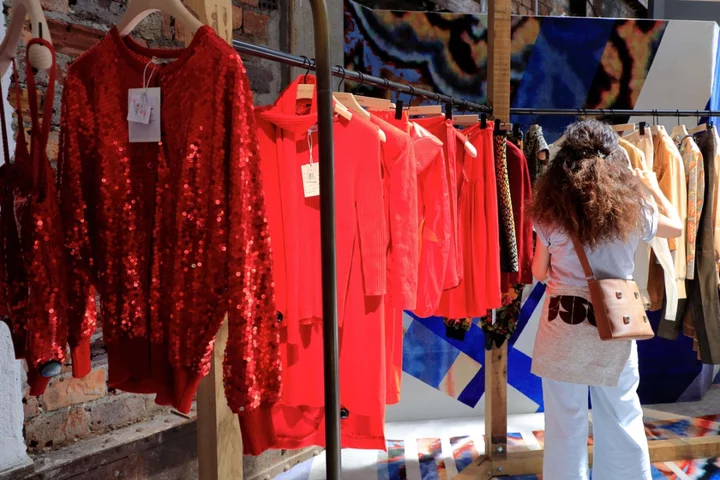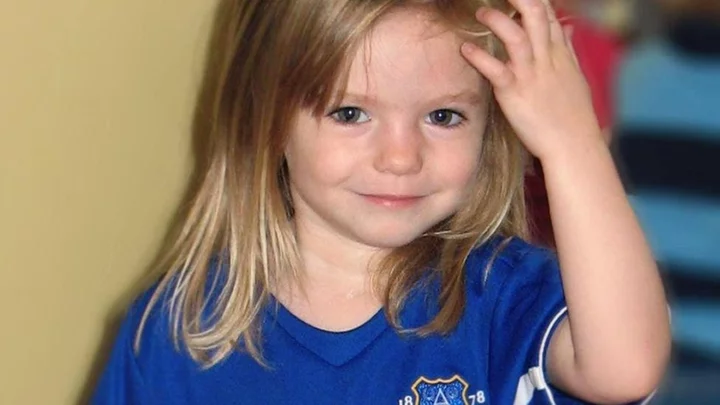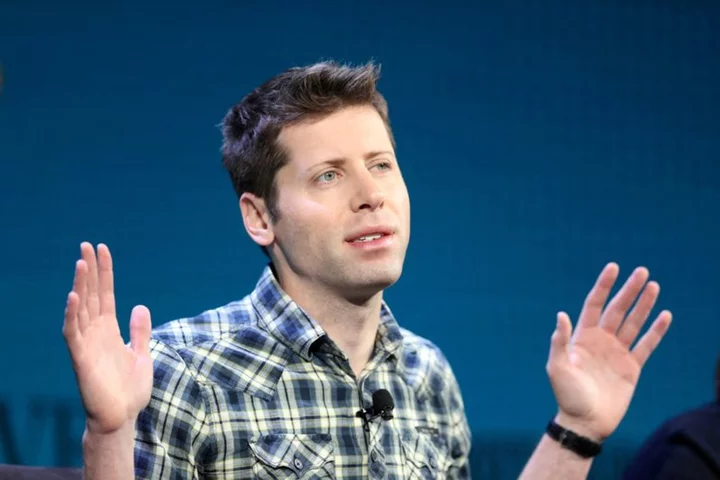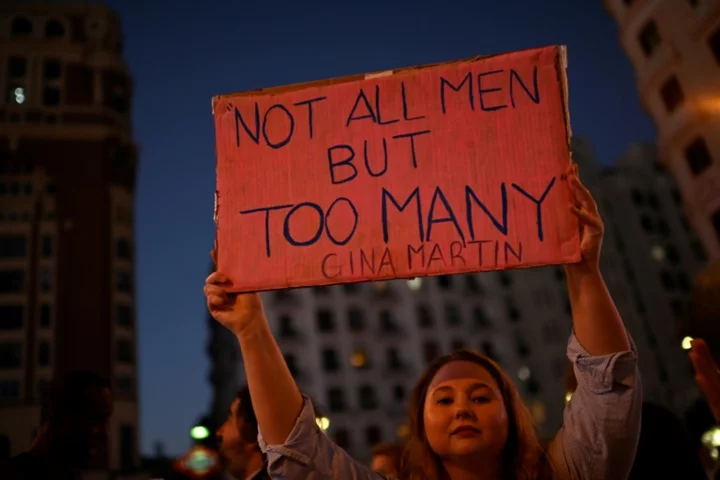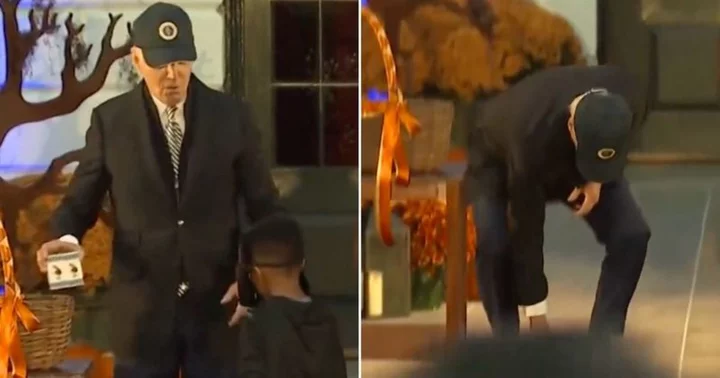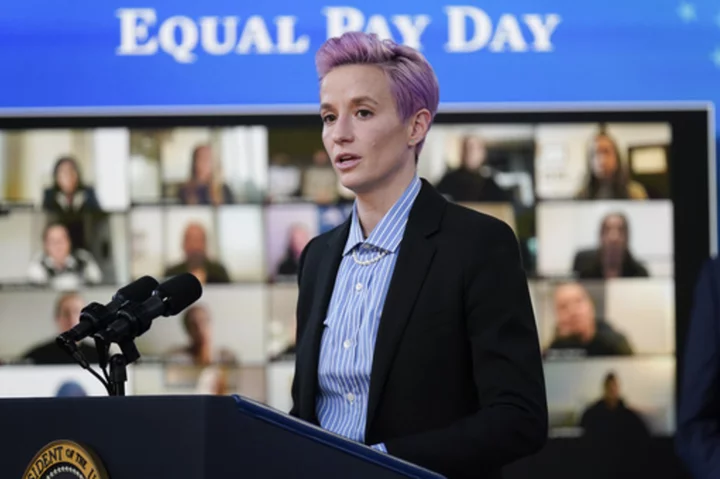Shopping for second-hand fashion could prevent carbon emissions equivalent to those produced by 261,000 flights to Greece, analysis from Oxfam suggests. The charity has launched its annual campaign Second Hand September, which encourages people to shop second-hand and donate what they no longer need or wear for 30 days from Friday. Releasing new research to mark the annual campaign, Oxfam said that only 10 per cent of wardrobe contents are second-hand. The charity cited figures from the Waste and Resources Action Programme, which estimates that the average adult wardrobe consists of 118 items. Oxfam said that if half of those items were bought second-hand, it would prevent 12.5 billion kilograms of carbon dioxide created by manufacturing new clothes from entering the atmosphere – equivalent to that produced by 261,000 flights from London Heathrow to Athens. It also said that if each adult in the UK donated all the clothes they have not worn in the past year to charity shops, it could remove the need for 4.9 billion kilograms of carbon emissions – equivalent to flying a plane around the world more than 6,600 times. The findings come amid increasing awareness of the negative effects of the fashion industry, which accounts for 10 per cent of global carbon emissions, according to the UN, which is more than international aviation and shipping combined. Money raised from Oxfam fashion goes towards Oxfam’s work with partners fighting poverty and the impact of the climate emergency around the world. The charity said an increasing number of shoppers, activists and people within the fashion industry have been shopping second-hand since the first Second Hand September campaign in 2019. Bay Garnett, stylist, sustainable fashion advocate and senior fashion adviser at Oxfam, said second-hand clothes have become an emerging style and agreed it has become “cool to care”. “I’ve seen a huge change. Kids love to do it now and what’s brilliant is that second-hand now has become a trend. It’s a genuine tipping point for it being a style choice,” she told the PA news agency. “I also think the big difference now is that it’s seen as a point of activism and originality. Kids are proud that they’re going to second-hand because it shows independence and a form of activism and strong decisions.” Ms Garnett, who came up with the idea to do visual campaigns for Second Hand September, collaborating with stars such as Sienna Miller and Felicity Jones, added that second-hand shopping is also an “antidote to the culture of newness, of Instagram and disposability”. She added: “When you shop at second-hand shops, the money that you’re spending raises crucial funds for Oxfam’s work fighting poverty and the impact of the climate emergency. That’s a fantastic place to put your money. “That’s pretty powerful in itself – the fact that it’s not going to make people richer but it’s going to help the people who are poor or the most disenfranchised by this whole situation.” Lorna Fallon, Oxfam’s retail director, said: “As a major emitter of greenhouse gas, much of the fashion industry as it stands is a threat to people and planet.” She added: “Shopping this way sends a clear message to the fashion industry that consumers want, and expect, things to change.” Miquita Oliver, Oxfam’s second-hand clothes ambassador, said: “It’s timely that we’re talking about second-hand clothes and living in a more sustainable way, as awareness of the environmental impact of our shopping choices is growing. “Today’s research from Oxfam shows that something as simple as buying clothes second-hand, and donating what we don’t wear any more, can help change the world for the better. It’s as simple as that.” Read More Woman adopts husband’s ex-wife’s son after growing up in foster care herself Florence Pugh says backlash to her nipple-bearing dress shows people are ‘terrified of the human body’ Woman says she started to wear ‘terrible wigs’ after her job banned her pink hair
Shopping for second-hand fashion could prevent carbon emissions equivalent to those produced by 261,000 flights to Greece, analysis from Oxfam suggests.
The charity has launched its annual campaign Second Hand September, which encourages people to shop second-hand and donate what they no longer need or wear for 30 days from Friday.
Releasing new research to mark the annual campaign, Oxfam said that only 10 per cent of wardrobe contents are second-hand.
The charity cited figures from the Waste and Resources Action Programme, which estimates that the average adult wardrobe consists of 118 items.
Oxfam said that if half of those items were bought second-hand, it would prevent 12.5 billion kilograms of carbon dioxide created by manufacturing new clothes from entering the atmosphere – equivalent to that produced by 261,000 flights from London Heathrow to Athens.
It also said that if each adult in the UK donated all the clothes they have not worn in the past year to charity shops, it could remove the need for 4.9 billion kilograms of carbon emissions – equivalent to flying a plane around the world more than 6,600 times.
The findings come amid increasing awareness of the negative effects of the fashion industry, which accounts for 10 per cent of global carbon emissions, according to the UN, which is more than international aviation and shipping combined.
Money raised from Oxfam fashion goes towards Oxfam’s work with partners fighting poverty and the impact of the climate emergency around the world.
The charity said an increasing number of shoppers, activists and people within the fashion industry have been shopping second-hand since the first Second Hand September campaign in 2019.
Bay Garnett, stylist, sustainable fashion advocate and senior fashion adviser at Oxfam, said second-hand clothes have become an emerging style and agreed it has become “cool to care”.
“I’ve seen a huge change. Kids love to do it now and what’s brilliant is that second-hand now has become a trend. It’s a genuine tipping point for it being a style choice,” she told the PA news agency.
“I also think the big difference now is that it’s seen as a point of activism and originality. Kids are proud that they’re going to second-hand because it shows independence and a form of activism and strong decisions.”
Ms Garnett, who came up with the idea to do visual campaigns for Second Hand September, collaborating with stars such as Sienna Miller and Felicity Jones, added that second-hand shopping is also an “antidote to the culture of newness, of Instagram and disposability”.
She added: “When you shop at second-hand shops, the money that you’re spending raises crucial funds for Oxfam’s work fighting poverty and the impact of the climate emergency. That’s a fantastic place to put your money.
“That’s pretty powerful in itself – the fact that it’s not going to make people richer but it’s going to help the people who are poor or the most disenfranchised by this whole situation.”
Lorna Fallon, Oxfam’s retail director, said: “As a major emitter of greenhouse gas, much of the fashion industry as it stands is a threat to people and planet.”
She added: “Shopping this way sends a clear message to the fashion industry that consumers want, and expect, things to change.”
Miquita Oliver, Oxfam’s second-hand clothes ambassador, said: “It’s timely that we’re talking about second-hand clothes and living in a more sustainable way, as awareness of the environmental impact of our shopping choices is growing.
“Today’s research from Oxfam shows that something as simple as buying clothes second-hand, and donating what we don’t wear any more, can help change the world for the better. It’s as simple as that.”
Read More
Woman adopts husband’s ex-wife’s son after growing up in foster care herself
Florence Pugh says backlash to her nipple-bearing dress shows people are ‘terrified of the human body’
Woman says she started to wear ‘terrible wigs’ after her job banned her pink hair

